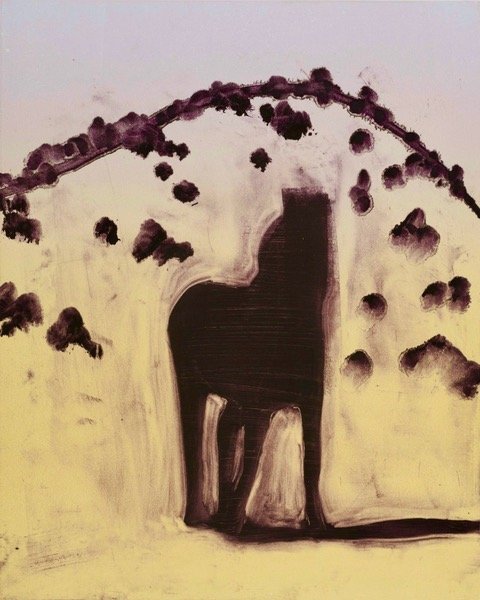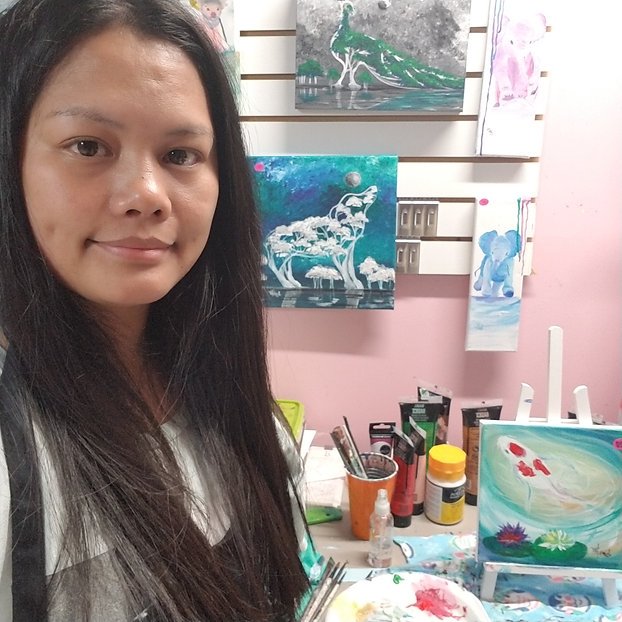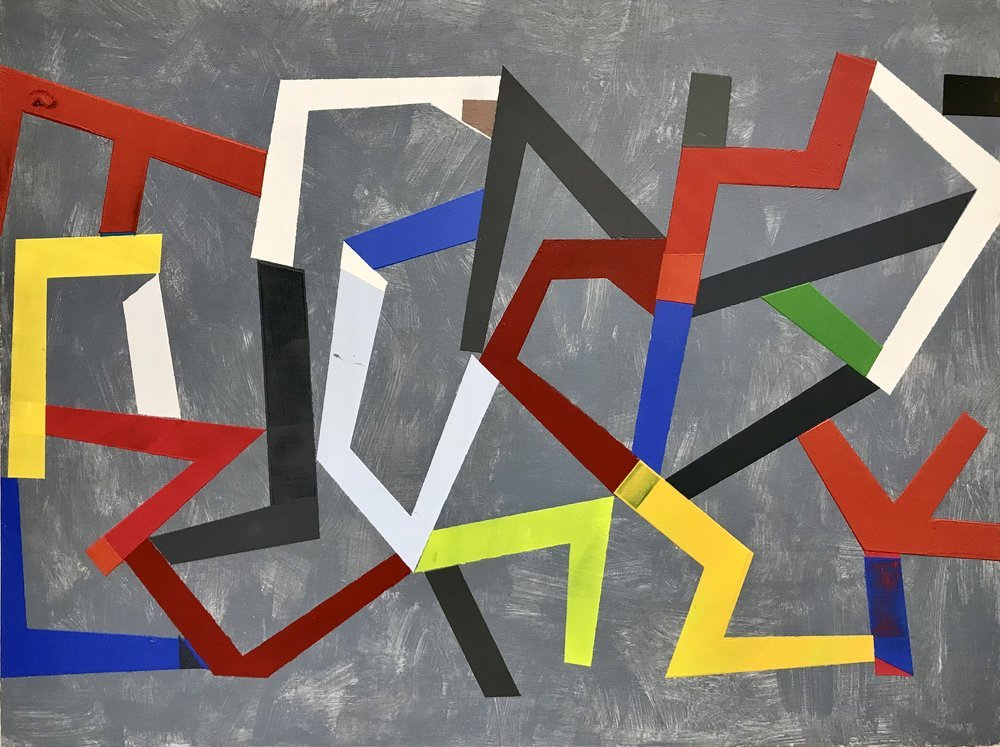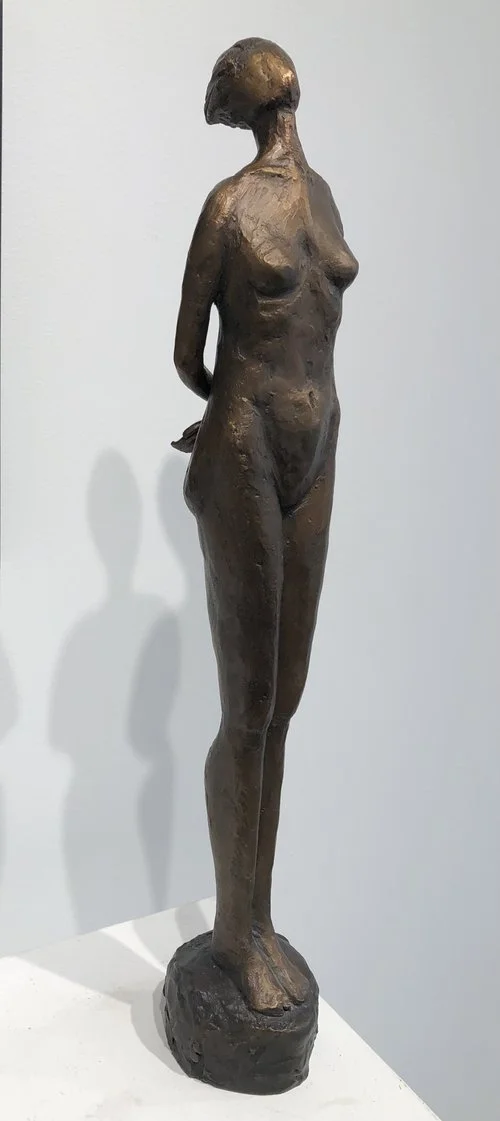“Clay/ceramics is not a single story—and neither are women” — Lydia Thompson
In the newest show at McMaster Gallery, University of South Carolina professor Virginia Scotchie has curated an exhibit rooted in femininity and race, in movement and stillness. Motivated to “highlight two women in ceramic sculpture whose work exemplifies that social engagement of the present and past in America,” Scotchie brought together Julie Schnell-Madden and Lydia Thompson to create Socially Engaged Ceramics.
“I curated the exhibition and defined the title because I believe these artists create work that is socially engaged,” she shares. “The work allows the viewer to look at the work created and see the importance and significance of today's issues through art.”
The women’s work appears vastly different at first glance. Schnell-Madden’s Rosettes are individually sculpted roses and rose-shaped objects of various colors and sizes, while Thompson’s Relic series features ceramic houses with individual features filled with figurine shards inherited from her grandmother.
In a closer look, however, these works are distinctly political and cultural, reckoning with the individual and collective histories surrounding each woman’s identity.
Schnell-Madden recalls when the pandemic first hit and what it felt like to have to reevaluate our everyday, basic needs. This “fear, frustration, and loss” started a spiral that she had no choice but to physically manifest.
“I started making spiral disks that expressed my level of fear and frustration and loss. I used a luscious dark brown clay that resembled chocolate (a comfort food?),” she recalls,” It was only after I made several that I saw the resemblance to a rose. The strips became petals. There was no doubt that these contained feminine imagery.”
Though the strips in Rose, the first part of the series which features pink petals with clear reference to the female anatomy, would loosen over time as we all leaned into our new normal, they also began to take on fear and rage. What began as a general observation of the feminine in relation to the ever-changing everyday became resilience in light of the overturning of Roe v. Wade in the second part of the series, Resistance: Under Attack.
“Having lived at a time where this was an option for all those years, the idea of going back, letting men make decisions regarding my body is simply beyond,” Schnell-Madden says. “These pieces manifest the back-alley abortions some of our grandmothers had to endure.”
This resilience, this rumination on what stays and what moves, is where her and Thompson’s work converges. While Schnell-Madden thinks about how people’s every day is forced to change, Thompson thinks about how past change has now become our everyday. When traveling shortly after starting graduate school, Thompson began noticing the abandoned structures that stood out even as urban, suburban, and rural communities shifted in the landscape.
These structures made Thompson think about what remains when people leave, who has the freedom to move, and what happens when this movement is not desired, is rife with tension.
“The pieces on wheels symbolize the decision to move often for a better environment and opportunities (to migrate). There is also the notion of unpredictability or uncertainty of one’s future,” Thompson says. “The structures on pallets may have represented a stable life, but it is not promised, by generations of unemployment, discrimination, and multi-generational usage.”
The inner shards, the pieces of her grandmother’s found relics from the Salvation Army, exist as the remnants of what proof of existence is left behind after people are forced to leave their homes. As Thompson says, “Relics usually have associations with objects, or heirlooms, or parts of a body. I see a direct relationship with the rubble/shards of objects with what once held value and/or importance to a group of people”
And there is an importance, a hope, and yet still a trepidation in these pieces. Schnell-Madden created her third set in the series, Renewal to emphasize a hopeful “resurgence,” with the pieces being “more tentative but regardless are solid and express my fervent hope that one day the reversal of the court decision will take place.”
Thompson has to balance how much personal she can explicitly share within her own desire and experience. “I’ve faced racism and gender discrimination in many of the institutions in my career. Some of those experiences are blatant and others are microaggressions,” she shares. “Unfortunately, history has repeated itself, and I feel several of the works serve as metaphors of what I’m feeling and experiencing as well as others in our daily lives.”
These women blur the boundaries between individual and collective, making art with their personal fears and hopes (and even heirlooms) that are shaped by events changing the everyday landscape of our country. They are putting their hands directly into these moments in time and using them to tell a story about what it means to be alive, to migrate, to resist.
If you’d like to see these pieces, the show will be up until September 29th and will conclude that day with a Closing Reception, from 5:00 – 7:00pm, featuring light refreshments and a gallery talk with both artists.

















































